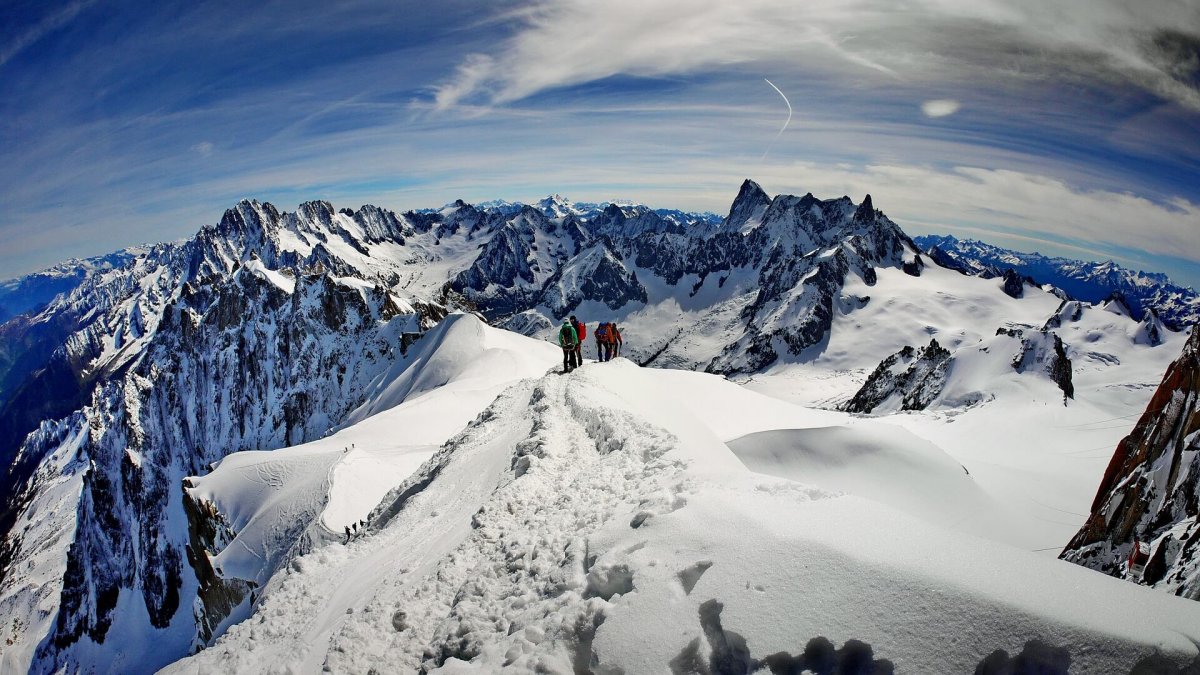Following list of interesting facts about the Swiss Alps:
- Switzerland is geographically divided between the Alps, the Jura Mountains and the Swiss Plateau.
- Though the Caucasus Mountains are higher and the Urals are longer, those two mountain ranges lie on the territory of Asia Thus, the Alps are the highest and the longest mountain range fully lying in Europe.
- The Alpine region of Switzerland is referred to as the Swiss Alps.
- The Swiss Alps are divided into the Western Alps and the Eastern Alps, and the encompassing area is called the Central Alps.
- The ranges and Alpine regions are often named after the cantons where they are located, for example: the Uri and the Emmental Alps, the Glarus Alps and the Schwyzer Alps, the Appenzell Alps and the Bernese Alps. Although in the latter one the name suggests that they are located in the Berner Oberland region of the canton of Bern, in fact, some parts of the Bernese Alps are in the neighbouring cantons of Valais, Fribourg and Vaud, and are usually referred to as the Fribourg Alps and the Vaud Alps
- The northern ranges from the Bernese Alps to the Appenzell Alps are entirely in Switzerland, the southern ranges from the Mont Blanc massif to the Bernina massif are shared with adjacent countries such as France, Italy, Austria and Liechtenstein.
- The Alps cover 65% of Switzerland’s total 41,285 km. (15,940 sq. mi.) surface area, making it one of the most alpine countries.
- The majority of the Swiss population lives in the plateau.
- 48 out of 82 alpine four-thousanders are located in the Swiss Alps, notwithstanding the fact that Switzerland covers only 14% of the Alps total area of 192,753 km. (74,422 sq mi). Besides that, nearly all the remaining 34 four-thousanders are within 20 kilometers (12 mi) of the country’s border.
- The Swiss Alps comprise almost all the highest mountains of the Alps, such as Dufourspitze (4,634 m), the Dom (4,545 m), the Liskamm (4,527 m), the Weisshorn (4,506 m) and the Matterhorn (4,478 m).
- The Alpine cantons (from highest to lowest) are Valais, Bern, Graubünden, Uri, Glarus, Ticino, St. Gallen, Vaud, Obwalden, Nidwalden, Schwyz, Appenzell Innerrhoden, Appenzell Ausserrhoden, Fribourg, Lucerne and Zug.
- The Pennine, Bernese and Bernina Range are the highest ranges of the country, they contain respectively 38 (the Pennine Alps), 9 (the Bernese ones) and 1 (Bernina Range) summit over 4000 meters.
- The lowest range is the Appenzell Alps reaching only up to 2,500 meters.
